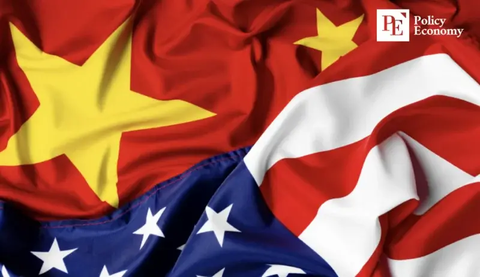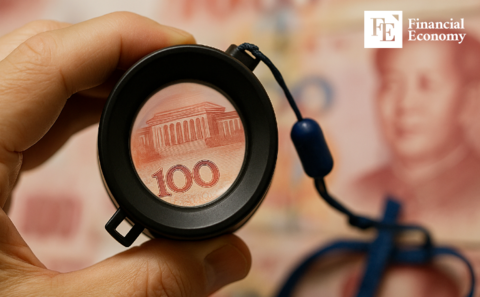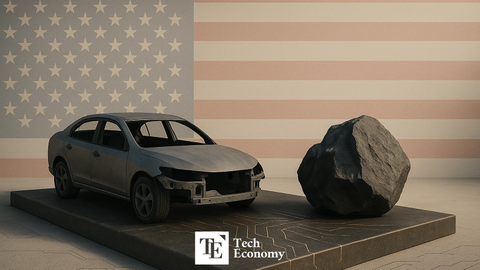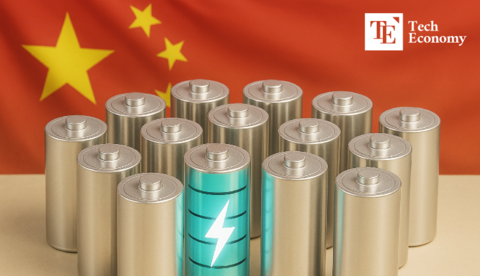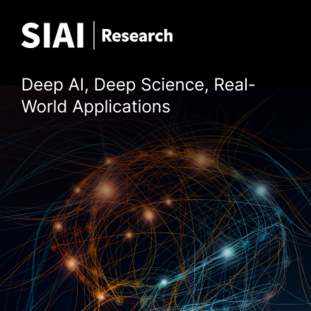"We Can't Lose to China": Trump Administration Drastically Eases Federal Regulations on Self-Driving Cars
Input
Modified
U.S. Alarmed by China’s Rapid Pursuit
Regulations Eased, Including Simplified Accident Reporting Requirements
Expansion of Safety Standard Exemptions to U.S.-Manufactured Vehicles
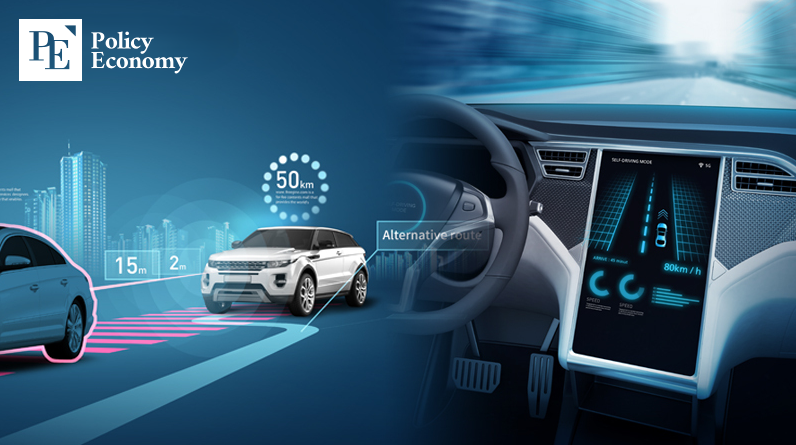
The race for dominance in the autonomous vehicle sector has become one of the fiercest arenas of global technological competition. Faced with China's rapid advancements and aggressive government support for self-driving innovation, the Trump administration has moved swiftly to dismantle regulatory barriers hindering U.S. progress. In a decisive effort to keep pace, the United States is now dramatically relaxing federal safety requirements for self-driving cars — a move seen not just as policy reform, but as a strategic maneuver in the broader competition for global leadership in innovation.
Trump Administration Drastically Lowers Safety Standards for Self-Driving Cars
According to the Wall Street Journal on the 24th (local time), the U.S. Department of Transportation (DOT) and the National Highway Traffic Safety Administration (NHTSA) announced a sweeping expansion of exemptions from certain federal safety regulations to accelerate the commercialization of self-driving vehicles. This policy shift will now allow vehicles without steering wheels or pedals to be tested on public roads — a groundbreaking step that would have been unimaginable under previous regulations.
Furthermore, the accident reporting requirements tied to autonomous driving software have been simplified, and efforts are underway to consolidate the patchwork of state-level regulations into a consistent nationwide framework. The DOT outlined three key principles guiding this change: ensuring the safety of autonomous vehicles operating on public roads, removing unnecessary regulatory barriers to spur innovation, and facilitating the commercial deployment of self-driving vehicles to enhance safety and mobility.
While continuous crash reporting for vehicles equipped with Advanced Driver Assistance Systems (ADAS) or Automated Driving Systems (ADS) will still be required, the reporting process itself will be streamlined. Notably, the changes expand the Autonomous Vehicle Exemption Program (AVEP) — previously limited to imported vehicles — to now include those manufactured domestically in the United States.
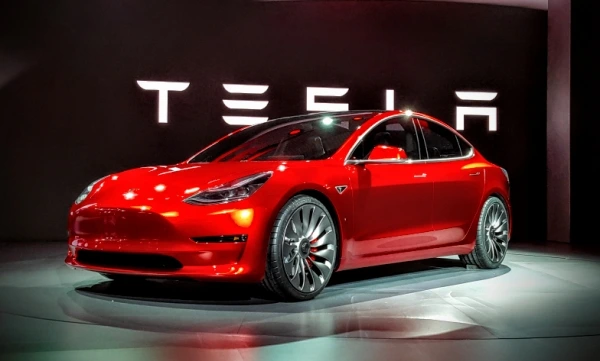
Competition with China in Innovation: Removing Unnecessary Regulations
This regulatory overhaul fulfills a long-standing request by Tesla CEO Elon Musk, who had urged the federal government since the Trump administration's transition period to remove obstacles preventing the development of truly autonomous vehicles. Until now, strict federal standards had hampered U.S. automakers’ efforts to create cars without steering wheels or pedals, a major roadblock for Tesla’s upcoming Level 5 fully autonomous "CyberCab."
While the U.S. tightened restrictions following incidents involving fatal accidents, China, buoyed by strong government backing, rapidly transformed itself into the world’s largest testing ground for autonomous vehicles. The Chinese government has opened an impressive 32,000 kilometers of public roads for self-driving car tests — a distance roughly 75 times the length of South Korea’s Gyeongbu Expressway. With this extensive infrastructure, Chinese companies have been amassing huge volumes of driving data and accelerating their technological edge.
Currently, 55.7% of passenger cars in China are equipped with Level 2 or higher autonomous driving technology. According to market research firm Guidehouse, Baidu’s robotaxi services, launched in 2021, have already logged close to 100 million kilometers of operation, compared to about 30 million kilometers achieved by U.S.-based Waymo, which started its services a year earlier. This stark gap explains Tesla’s recent push to test its Full Self-Driving (FSD) system in China, where robotaxis are not confined to small trial zones but operate citywide, generating more than 10 million kilometers of real-world data every month.
Chinese Self-Driving Cars Catching Up to the U.S. in Both Price and Technology
Elon Musk welcomed the easing of regulations enthusiastically, announcing plans to launch the CyberCab in Austin, Texas by June. Tesla is collaborating with Austin city authorities to develop the necessary infrastructure and has also secured limited autonomous driving permits in California. Major automakers, including GM and Toyota, also expressed strong support, urging for further legal measures to aid the commercialization of autonomous vehicles — particularly the expansion of the current cap of 2,500 exempt vehicles annually and the modernization of outdated safety standards.
However, there is growing skepticism about whether regulatory reform alone can reshape the industry's competitive landscape. Chinese autonomous driving systems are increasingly matching Tesla’s Full Self-Driving technology, while offering superior price competitiveness. A key to China's strength lies in "ecosystem integration," where vehicle manufacturers, semiconductor companies, AI developers, and precision mapping firms work together, all backed by a massive domestic market that enables cost-effective mass production.
One vivid example is LiDAR sensor technology. Generally, LiDAR sensors are over ten times more expensive than cameras, leading companies like Tesla to exclude them to cut costs. Chinese firms, however, have built mass-production systems that have reduced LiDAR prices to around $1,000 (approximately 1.4 million KRW). Government support further bolsters this edge. Geely Auto’s premium brand, Zeekr — a major recipient of state subsidies — recently showcased its Level 3 autonomous driving technology at the Shanghai Auto Show. Level 3 autonomy allows AI to control most driving functions without human intervention, except in emergencies. Zeekr CEO Andy An (An Conghui) announced plans to begin mass-producing vehicles equipped with Level 3 autonomy by the end of this year, signaling China's relentless march forward in the self-driving race.



